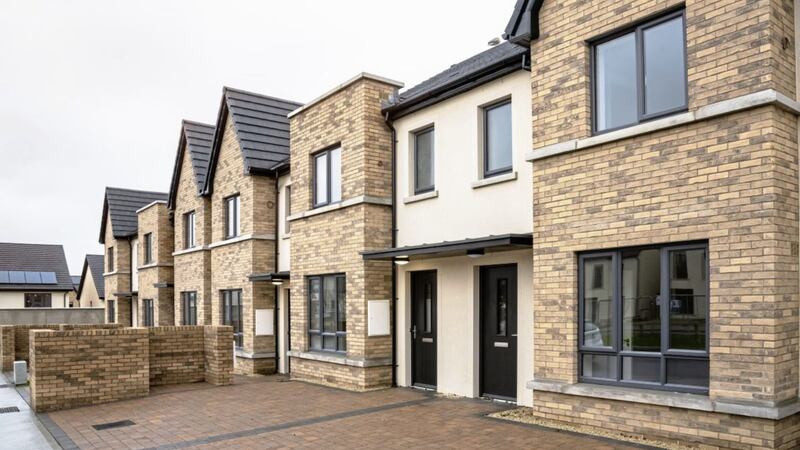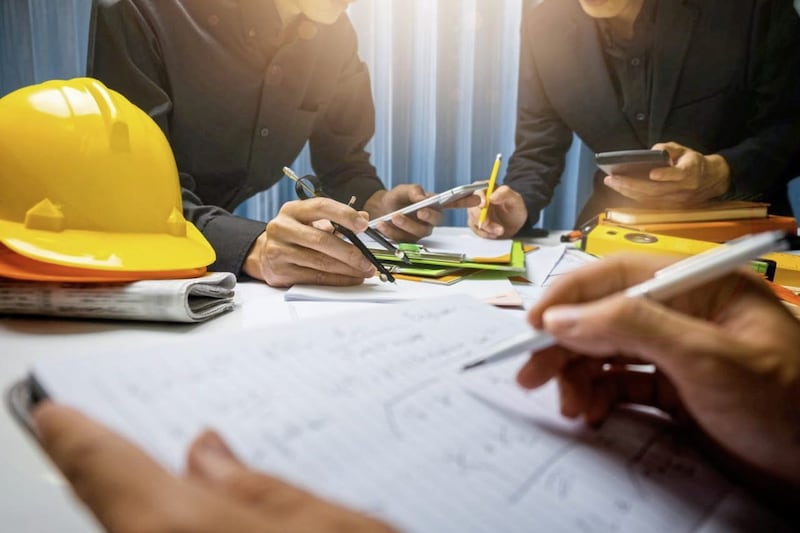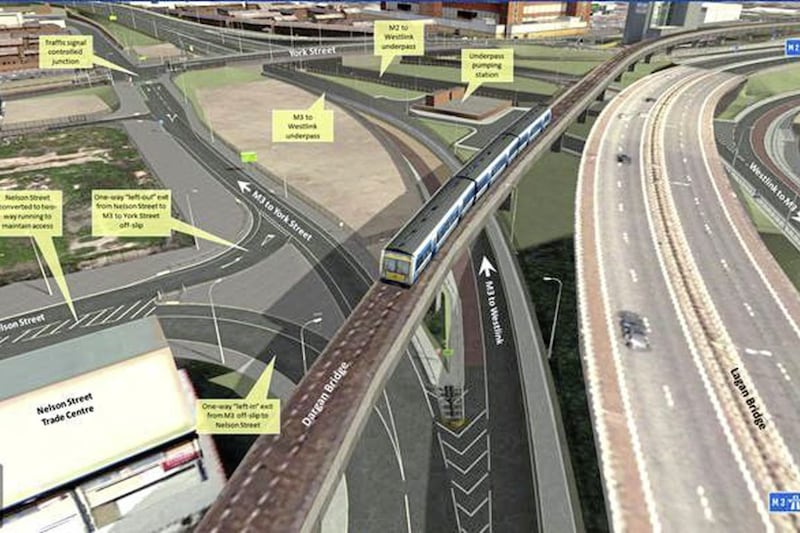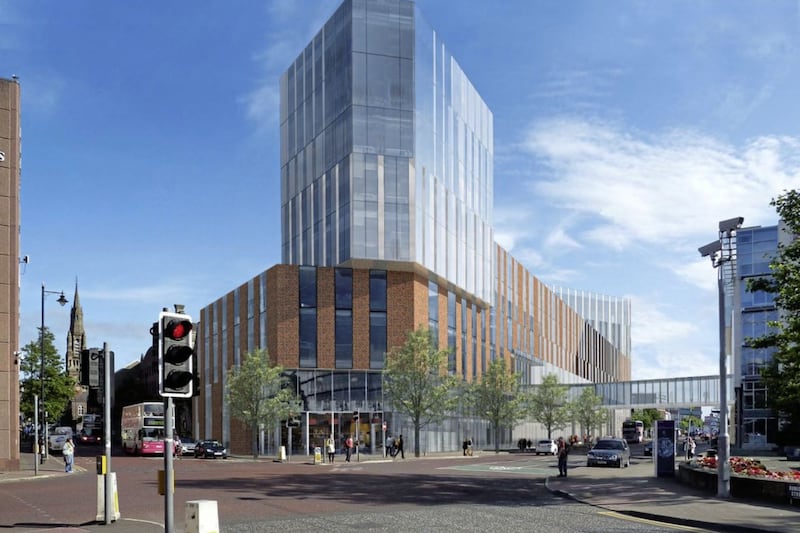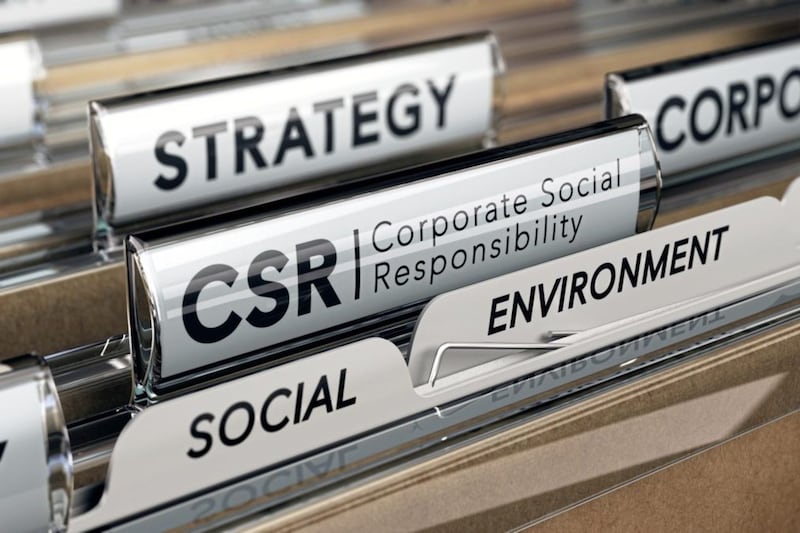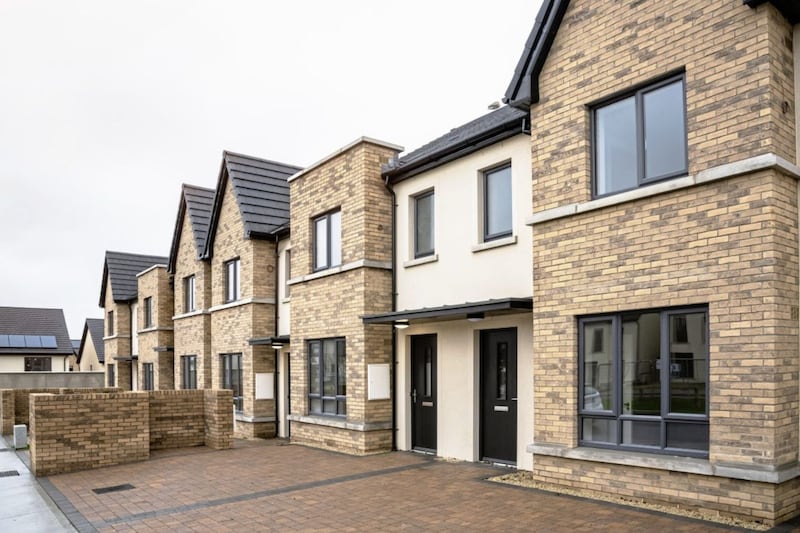FOR many companies or individuals with a public presence, being considered as ‘socially conscious’ is good business practice. Customers seek out businesses that appear to commit to the ‘greater good’ and ethics which they share.
Evidence would also suggest that today’s youth are increasingly interested in making a positive social impact through choices relating to the brands with which they engage and career paths they follow.
Built environment professionals directly influence the lives of those living in the communities that surround the area in which they are working. There is an intrinsic link between the built environment and the social patterns and social outcomes for those living in a region. It makes interactions possible, it affects how we spend our time and it manipulates our relationship with the environment surrounding us.
The physical make-up of our cities, namely the infrastructure and buildings, can exacerbate problems like inequality; it can contribute to the imbalance of access to facilities, distribution of wealth and quality of life within a city. It can also add to the impact of the current climate crisis through generation of waste and excessive use of resources.
Alternatively, these structures can provide solutions for the population and effect positive change. Those involved with architecture and the built environment have both the opportunity and a responsibility to use it to improve social welfare. Indeed, social impact assessments are part and parcel of the planning and approval process of infrastructure projects and other developments.
It is crucial that those involved in creating and developing our built environment are conscious of the social impact they could potentially have.
While efficient infrastructure and the completion of appropriate public facilities are imperative to social welfare, it extends beyond these fundamentals and ticking a box for the essentials.
From considerate planning of housing developments that focuses on enabling human interaction to innovative urban design that provides enhanced accessibility for those with a range of impairments – human wellbeing can be dramatically improved through the built environment.
At RICS, we value all sustainable and socially and environmentally conscious projects; those which help to transform communities and positively impact the lives of residents and visitors. We have always been considerate of the day-to-day imprint that our industry has on those interacting with the buildings and structures we introduce to their lives.
That is why we decided to rebrand our prestigious annual awards, to specifically celebrate the positive contribution the built environment has on people’s lives.
The new RICS Social Impact Awards will uncover and grant recognition to outstanding projects that are not only making a difference and enhancing lives, but have done so through sustainable means.
They will shine a light on the vital role the built environment and our professionals play in effecting positive change and the value our industry brings to society across all sectors.
:: Susan Mason is head of RICS Northern Ireland
For us, being ‘socially conscious’ isn’t just good business practice, it’s a responsibility that runs deeper.
